
My introduction to political theory and history came through Pelican Books—the non-fiction offshoot of Penguin Books. Pelicans were the high-end, academic books that brought bold, intellectual ideas to the mass public. The first Pelican imprint was George Bernard Shaw’s The Intelligent Woman’s Guide to Socialism and Capitalism, in which he the renowned author and playwright examined the theories of socialism and Marxism and the problems of capitalism. There then followed an impressive array of texts on art, architecture, psychology, economics and philosophy by writers as diverse as A. J. Ayer, E. P. Thomson and Jacob Bronowski. These paperbacks were mass-produced and sold at a price claimed to be lower than a packet of cigarettes. Allen Lane, who founded Penguin Books, believed there was “a vast reading public for intelligent books at a low price.” He staked his money and reputation on it. Thankfully he was right—the vast reading public did want to read intelligent books and Penguins and Pelicans sold in the thousands.
There was a color coding to Penguin books—orange for fiction, olive green for modern literature, black (originally white) for classics and blue for non-fiction. A reader’s taste in books was easily identified by the uniformly colored blocks filling their shelves. While Penguins had generally illustrative covers to a book’s story, Pelicans by the 1960s had a uniformity of design that made the brand instantly recognizable—ranging from abstracts inspired by Op Art to fashionably stylized photographs. The peak of popularity for Pelicans was in the 1960s and early 1970s, when there seemed to be a Pelican title for nearly every imaginable topic—many of which later became the source material for Richard Littler at Scarfolk Council.
Penguin stopped publishing Pelican Books around the mid-1980s, though last year, the imprint was revitalized with a selection of new books and some texts available online. This small collection of vintage covers has been culled from various sites chosen mainly on the basis of being Pelicans I have read in my youth (Anarchism, Drugs, The Young Offender, Self and Others) or covers well-remembered because of their style and originality.
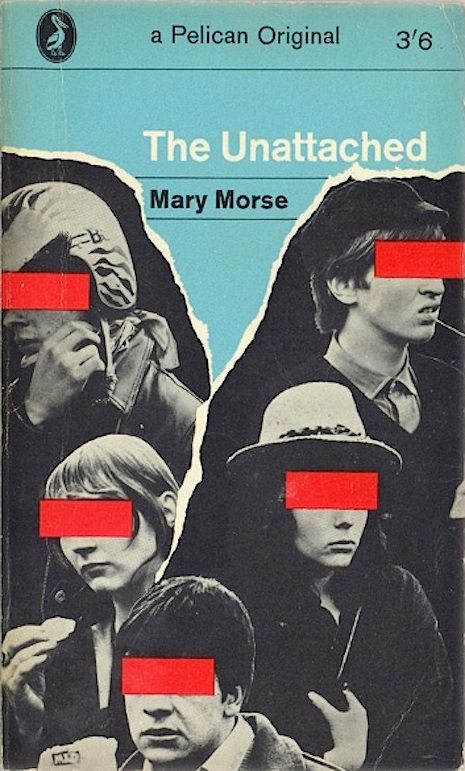
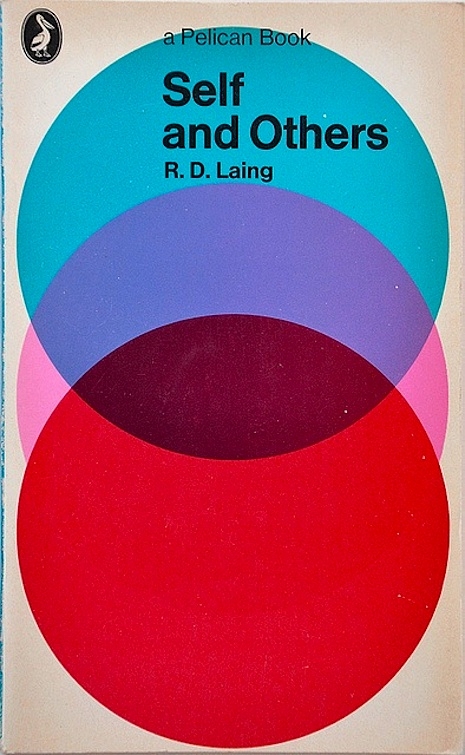


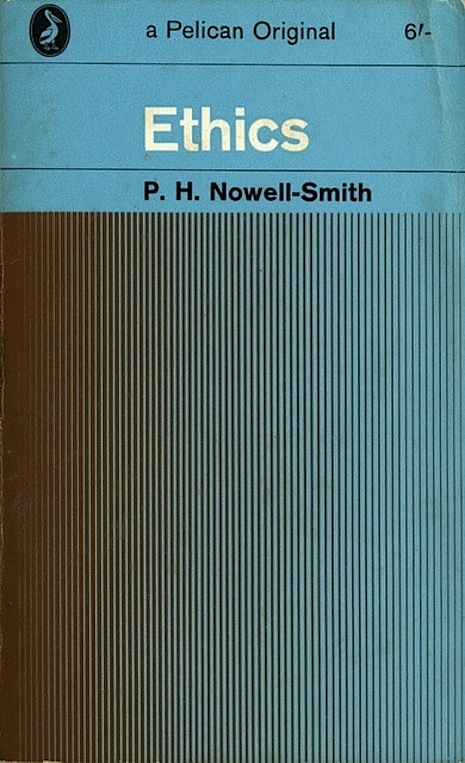
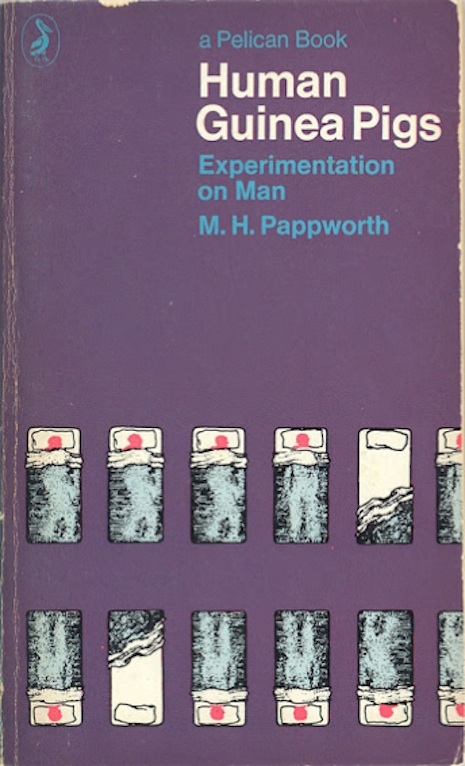
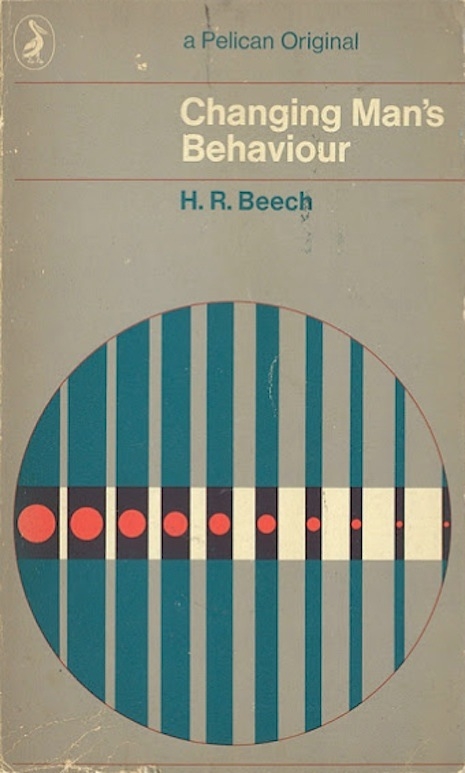


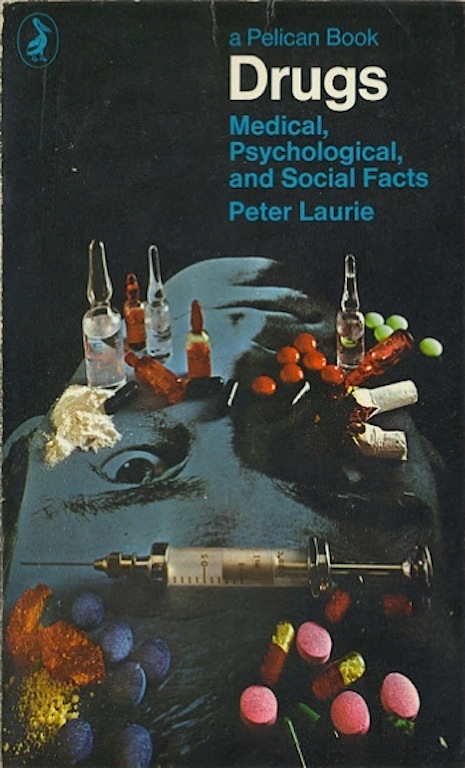

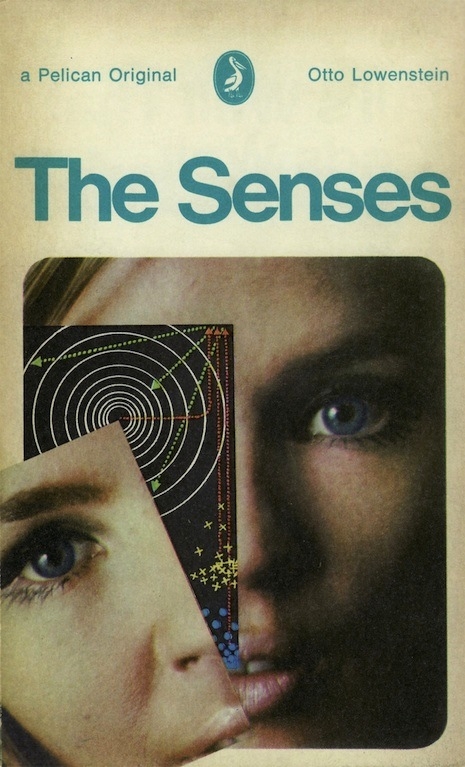
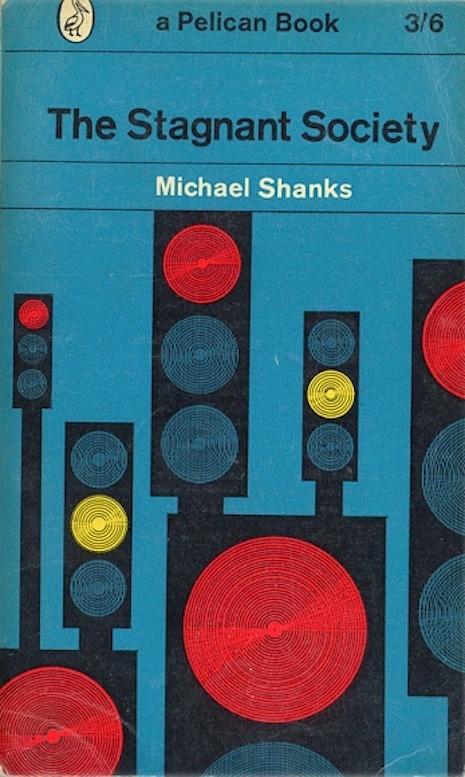

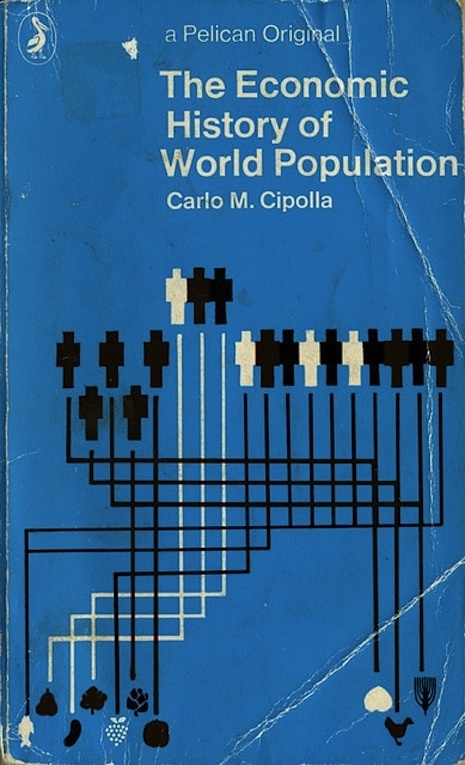
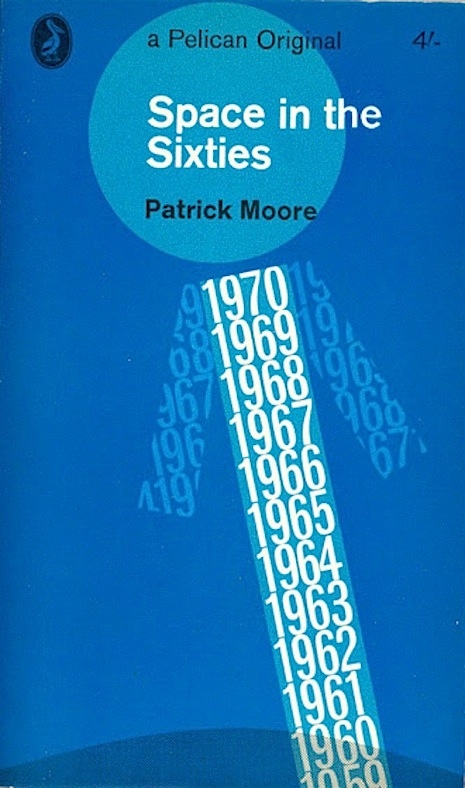


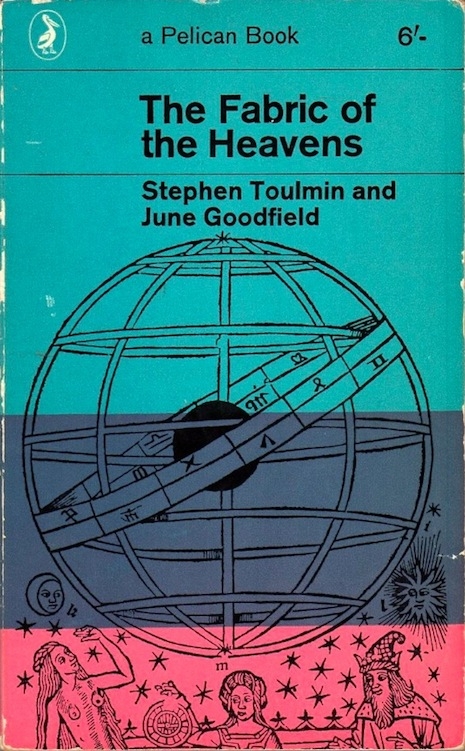





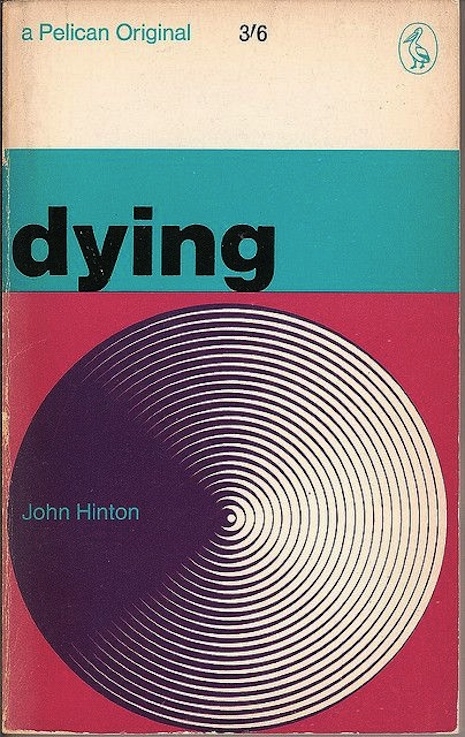
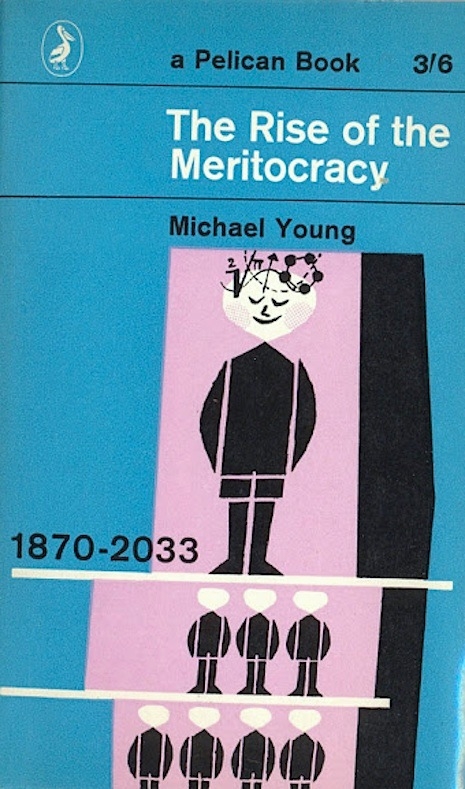
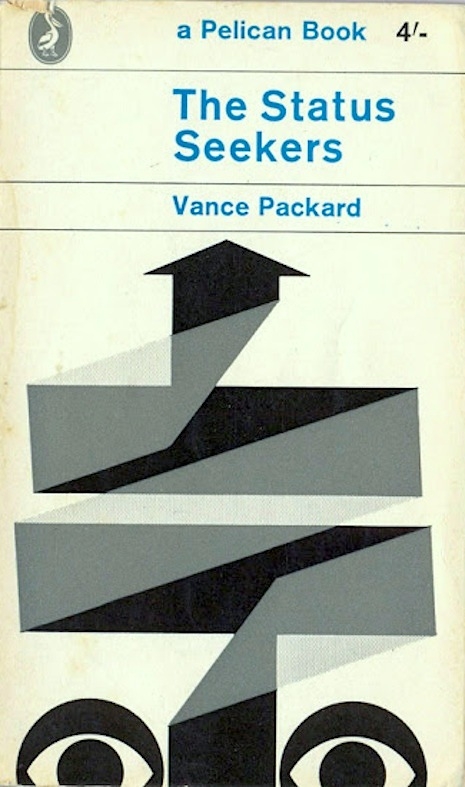
H/T Voices of East Anglia.